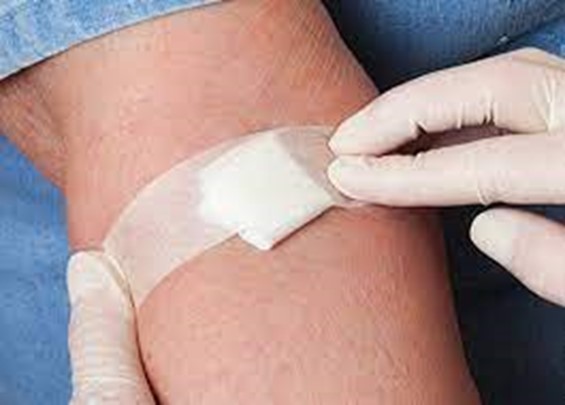A patient with a fractured right femur is placed in Bryant's traction. Which observation would indicate that the function of the traction is compromised?
The patient's buttocks are slightly elevated off the bed.
The weights are suspended above the bed and free of interference from the bed frame.
The patient's hips are flexed at a 90-degree angle to the bed.
A knot in the rope of the traction is resting against a pulley.
The Correct Answer is D
Choice A rationale:
Elevating the patient's buttocks off the bed is appropriate in Bryant's traction, ensuring effective countertraction and alignment of the fractured bone. This position doesn't compromise traction function.
Choice B rationale:
Proper weight suspension, free of interference, prevents inadequate traction. This maintains the pulling force needed for fracture reduction and immobilization. No compromise is indicated here.
Choice C rationale:
Flexing the patient's hips at a 90-degree angle promotes proper body alignment. Although this angle might vary depending on the specific type of traction, it's not an immediate indication of traction compromise.
Choice D rationale:
Placing a knot in the rope against a pulley impedes the smooth functioning of the traction system. This could lead to a decrease in the applied traction force, potentially compromising fracture alignment and healing.
Nursing Test Bank
Naxlex Comprehensive Predictor Exams
Related Questions
Correct Answer is D
Explanation
Choice D rationale:
Preschool-aged children may fear pain and bleeding, and applying a small dressing after venipuncture helps alleviate anxiety. It provides a sense of control and comfort, as the child perceives their active participation in caring for the site.
Choice A rationale:
Showing the needle and syringe might intensify anxiety in the child, making venipuncture more distressing. It's important to minimize any distress during the procedure.
Choice B rationale:
Allowing the child to help cleanse the site could lead to more anxiety as the child might interpret it as their own responsibility for the procedure.
Choice C rationale:
Encouraging the child to show the site to adults may not be reassuring for the child and could potentially exacerbate their apprehension.

Correct Answer is B
Explanation
Choice A rationale:
Placing the patient in halo traction is not applicable for a scoliosis correction surgery with Harrington rods. Halo traction is typically used for cervical spine injuries or deformities, not for scoliosis correction.
Choice B rationale:
The correct answer. After Harrington rod insertion, maintaining proper alignment is crucial to prevent complications. Using a log-roll technique when turning the patient helps maintain spinal alignment and prevent stress on the surgical site.
Choice C rationale:
Keeping the patient nothing by mouth for 72 hours is not typically necessary after scoliosis surgery. Clear fluids and a light diet are usually initiated shortly after surgery.
Choice D rationale:
Restricting visitors for 48 hours is not a standard practice after scoliosis surgery unless there are specific infection control concerns, which are not mentioned in the scenario.
Whether you are a student looking to ace your exams or a practicing nurse seeking to enhance your expertise , our nursing education contents will empower you with the confidence and competence to make a difference in the lives of patients and become a respected leader in the healthcare field.
Visit Naxlex, invest in your future and unlock endless possibilities with our unparalleled nursing education contents today
Report Wrong Answer on the Current Question
Do you disagree with the answer? If yes, what is your expected answer? Explain.
Kindly be descriptive with the issue you are facing.
